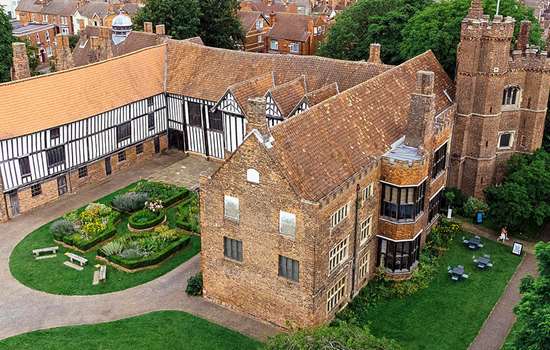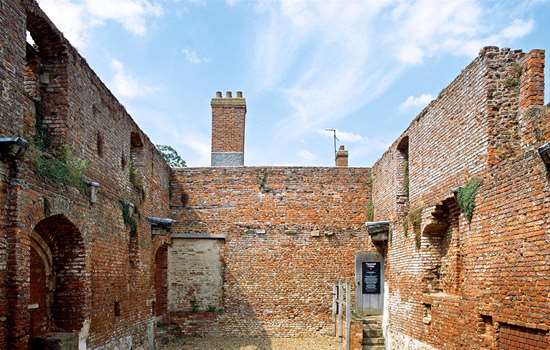UNLIMITED ACCESS TO OVER 400 HISTORIC PLACES
Live and breathe the story of England at royal castles, historic gardens, forts & defences, world-famous prehistoric sites and many others.
This year we’re changing how we welcome visitors to Lincoln Medieval Bishop's Palace, and a new way of operating is currently being developed. In the meantime, the site will remain closed but please check the website as we will share details when we have them.

This site is currently closed
See full prices and opening timesExplore behind the scenes during the conservation of Lincoln Medieval Bishops’ Palace.
This site is one of several included in our new digital guide on Bloomberg Connects. Discover more about our special historic places and the people who called them home. Every room and ruin has a story to tell, and now, using the interactive map on the guide, you can unlock these tales.
Download the app now

